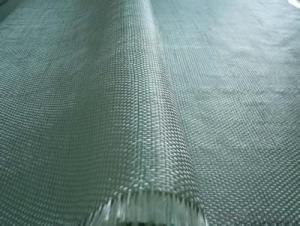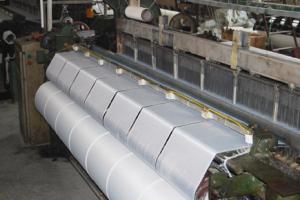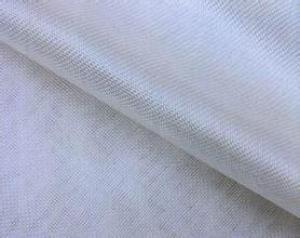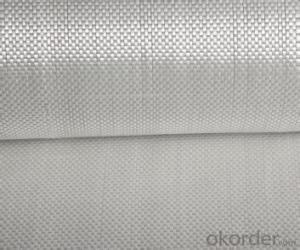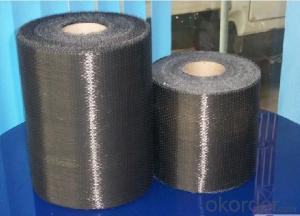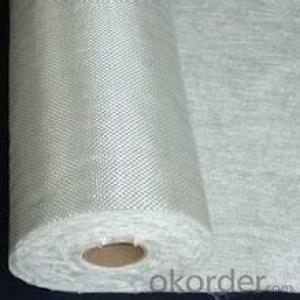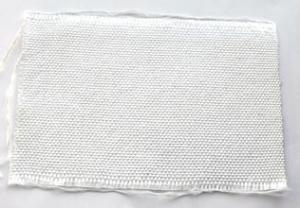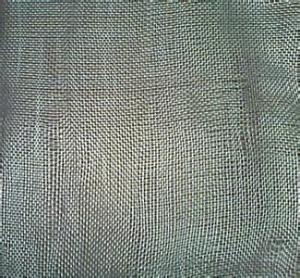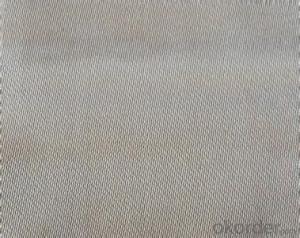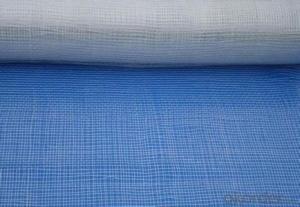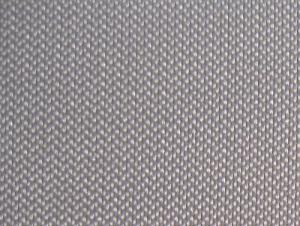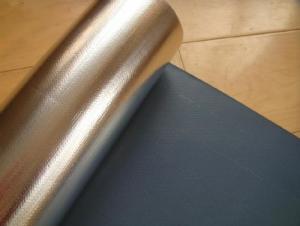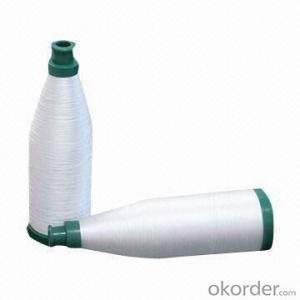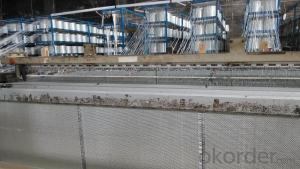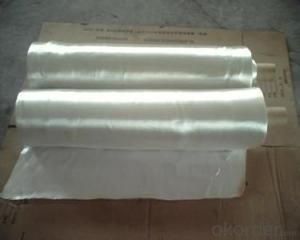Silica88 Silica Fiber Cloth - Fiberglass Fabrics
- Loading Port:
- China Main Port
- Payment Terms:
- TT OR LC
- Min Order Qty:
- -
- Supply Capability:
- -
OKorder Service Pledge
Quality Product, Order Online Tracking, Timely Delivery
OKorder Financial Service
Credit Rating, Credit Services, Credit Purchasing
You Might Also Like
Quick Details
| Place of Origin: | Brand Name: | Model Number: | |||
| Application: | Weight: | Width: | |||
| Weave Type: | Yarn Type: | Alkali Content: | |||
| Standing Temperature: | Certificate: | Color: | |||
| Thickness: | Roll Length: | Weave: | |||
| Port of Loading: | Warp yarn: | Fill yarn: | |||
| Warp/Weft density: | Instant working temp: |
Packaging & Delivery
| Packaging Detail: | as customer request |
| Delivery Detail: | in 15 to 30 days |
Specifications
1. Silica88 silica fiber cloth
2. High temperature resistance
3. Refractory
- Q: Can fiberglass fabric be used for roofing?
- Certainly! Roofing applications can indeed utilize fiberglass fabric due to its lightweight and durable nature. This material, widely used in the construction industry, is renowned for its robustness and resistance to corrosion, making it an appropriate choice. By reinforcing roofing systems, fiberglass fabric enhances their strength and stability. It is commonly combined with other materials like asphalt or rubber to create a more resilient and enduring roof. Furthermore, the fire-resistant property of fiberglass fabric ensures an added layer of safety for the roofing system. In summary, fiberglass fabric proves to be a trustworthy and cost-effective alternative for roofing projects.
- Q: Can fiberglass fabric be used for insulation in nuclear power plants?
- Fiberglass fabric is indeed a viable option for insulating nuclear power plants. It is widely utilized across various industries, including the nuclear sector, due to its numerous benefits. These include exceptional thermal resistance, fire resistance, and low thermal conductivity. These qualities make it ideal for insulating equipment and components in nuclear power plants, where high temperatures and potential fire risks are prevalent. Moreover, fiberglass also exhibits resistance against moisture, chemicals, and radiation, all of which are critical considerations in the nuclear field. However, it is crucial to bear in mind that the selection and installation of insulation materials in nuclear power plants should be based on the specific application and required safety standards.
- Q: What are the main characteristics and differences between CEM-3 high thermal conductivity and aluminum substrate? Which kind of board is more advantageous to make lamps and lanterns?
- The thermal conductivity of CEM-3 material can reach 1.0~2.0, with high thermal conductivity and strong price advantage, and few domestic manufacturers can produce. This is a new and high technology.
- Q: Can fiberglass fabric be used for reinforcement in wind turbine towers?
- Yes, fiberglass fabric can be used for reinforcement in wind turbine towers. Fiberglass fabric is a strong and lightweight material that offers excellent mechanical properties, making it suitable for various structural applications. In wind turbine towers, which need to withstand significant mechanical stress and dynamic loads, fiberglass fabric can be used to reinforce the tower structure and enhance its strength and stability. Additionally, fiberglass fabric is corrosion-resistant, which is a crucial characteristic for wind turbine towers exposed to harsh weather conditions. Overall, fiberglass fabric is an effective and reliable choice for reinforcement in wind turbine towers.
- Q: Can fiberglass fabric be used for making protective sleeves?
- Yes, fiberglass fabric can be used for making protective sleeves.
- Q: What is the difference between epoxy fiber glass cloth flooring and anticorrosive floor?
- Now the basic concrete curing terrace, do not believe you can do Baidu search, certainly want to do a little, you say is not.
- Q: What's the difference between an epoxy resin board and an electric wood board?
- Epoxy resin board strength is higher, electric board is phenolic resin plus filler heat-resistant better.
- Q: Can fiberglass fabric be used for making air ducts?
- Air ducts can be made using fiberglass fabric, which is a versatile material commonly found in various industries, including HVAC. This material provides several benefits when used in air duct applications. To begin with, fiberglass fabric is lightweight, making it easier to handle and install compared to alternative materials like sheet metal. This leads to faster and more cost-effective installation processes. Furthermore, fiberglass fabric is non-porous, meaning it resists moisture, mold, and mildew. This is especially important in air ducts as it helps maintain indoor air quality by preventing the growth of harmful bacteria and fungi. In addition, fiberglass fabric offers excellent thermal insulation properties, effectively retaining heat or cold air. This improves energy efficiency by reducing heat transfer and minimizing energy losses. Moreover, fiberglass fabric is known for its fire-resistant properties, making it a safe choice for air duct applications. It has a high melting point and does not emit toxic gases when exposed to fire, ensuring the safety of occupants in case of a fire incident. Lastly, fiberglass fabric is flexible and easily molded and shaped to fit different duct configurations, including bends and turns. This flexibility allows for easy customization and adaptation to various building layouts. Overall, fiberglass fabric is a suitable material for making air ducts due to its lightweight, non-porous, thermal insulation, fire-resistant, and flexible properties. However, it is important to ensure that the fiberglass fabric used for air ducts meets the necessary industry standards and regulations to ensure proper performance and safety.
- Q: What are the maintenance requirements of fiberglass fabric?
- Compared to other materials, fiberglass fabric has relatively low maintenance requirements. However, there are a few factors to consider in order to ensure its longevity and optimal performance. To begin with, it is necessary to regularly clean the fabric to remove any accumulated dirt, dust, or debris. This can be achieved by gently vacuuming or using a soft brush to remove loose particles. It is important to avoid using harsh chemicals or abrasive cleaners, as they have the potential to damage the fabric. Alongside cleaning, it is crucial to periodically inspect the fabric for any signs of wear or damage. Look out for fraying, tears, or loose threads, and address them promptly to prevent further deterioration. If repairs are necessary, it is recommended to seek professional advice or follow the manufacturer's instructions for proper repair techniques. Additionally, protecting the fiberglass fabric from excessive sunlight exposure is advisable. Prolonged exposure to UV rays can lead to fading or discoloration. Using UV-resistant coatings or treatments can help mitigate this issue and extend the fabric's lifespan. Lastly, proper storage of fiberglass fabric when not in use is essential for maintaining its quality. It should be stored in a clean and dry environment, away from moisture or extreme temperatures. Rolling or folding the fabric neatly and avoiding any sharp objects or heavy items on top of it will help prevent creasing or damage during storage. By adhering to these maintenance requirements, fiberglass fabric can retain its durability, appearance, and functionality for an extended period of time, making it a reliable choice for various applications.
- Q: What is Teflon?
- As Tie Fulong, Teflon, Teflon, Teflon and so on (all Teflon transliteration). Teflon (Tie Fulong) coating is a kind of high performance coating is the one and only, with heat resistance, chemical inertness and excellent insulation stability and low friction, the comprehensive advantages with other coatings can not compete, the flexibility makes it can be used in almost all the shape and size of the products.
Send your message to us
Silica88 Silica Fiber Cloth - Fiberglass Fabrics
- Loading Port:
- China Main Port
- Payment Terms:
- TT OR LC
- Min Order Qty:
- -
- Supply Capability:
- -
OKorder Service Pledge
Quality Product, Order Online Tracking, Timely Delivery
OKorder Financial Service
Credit Rating, Credit Services, Credit Purchasing
Similar products
Hot products
Hot Searches
Related keywords
